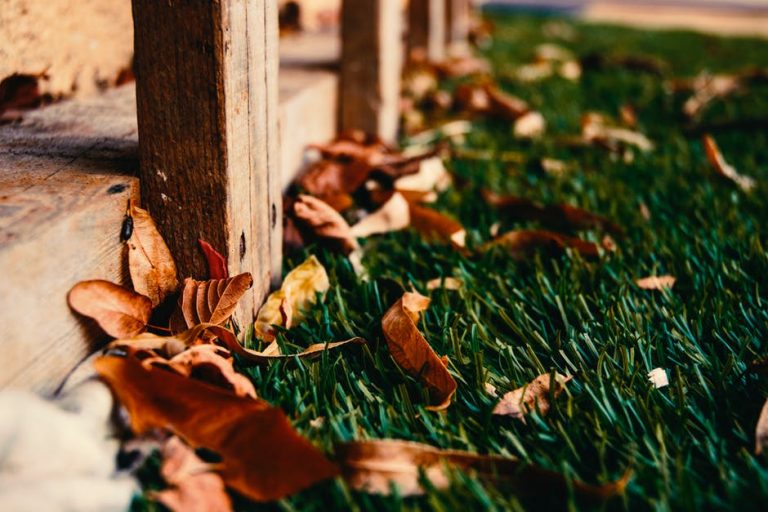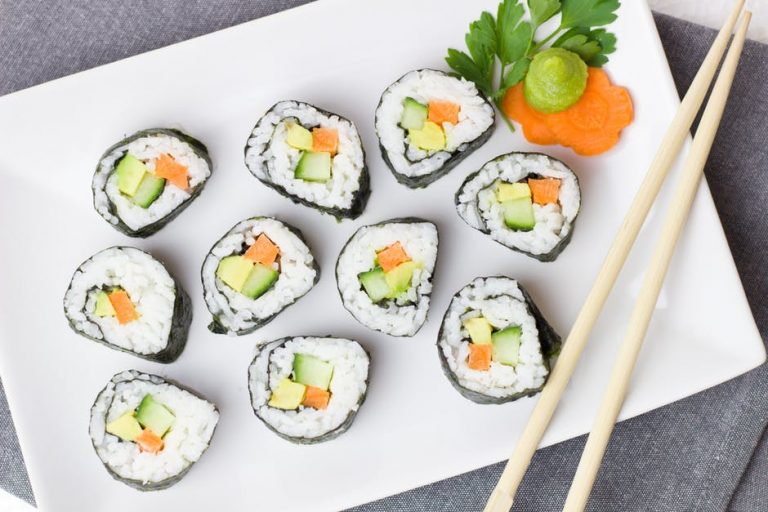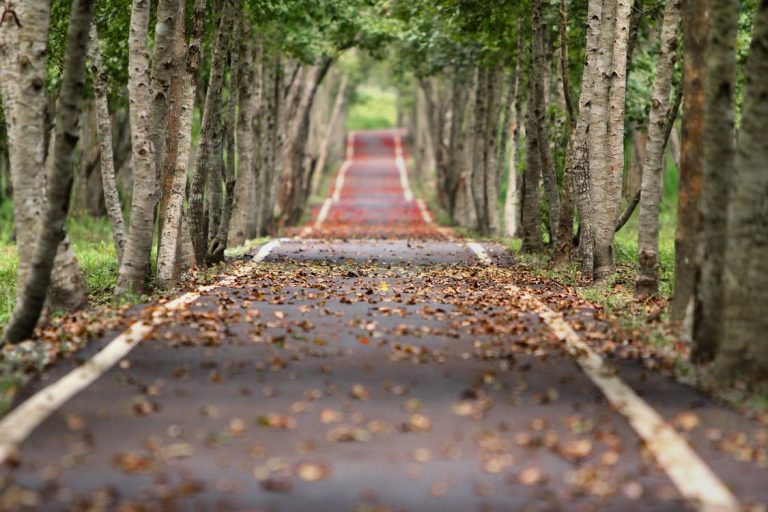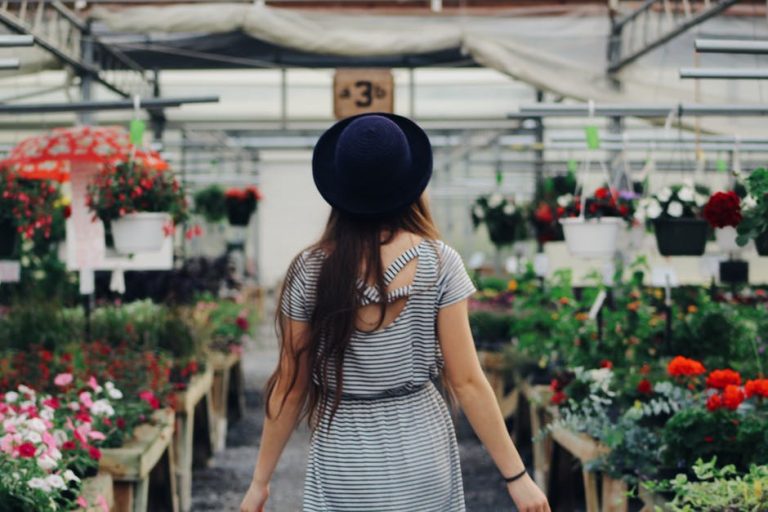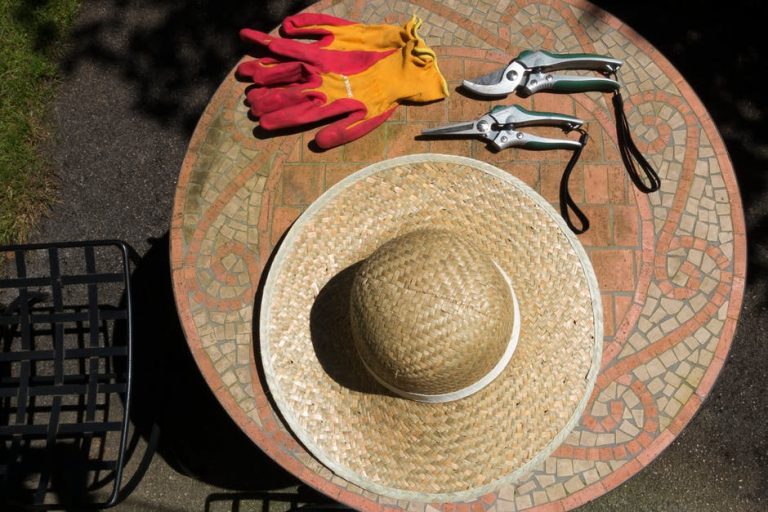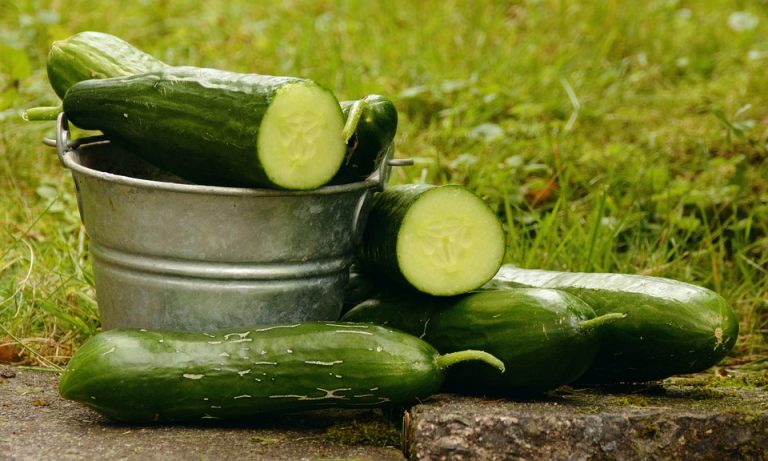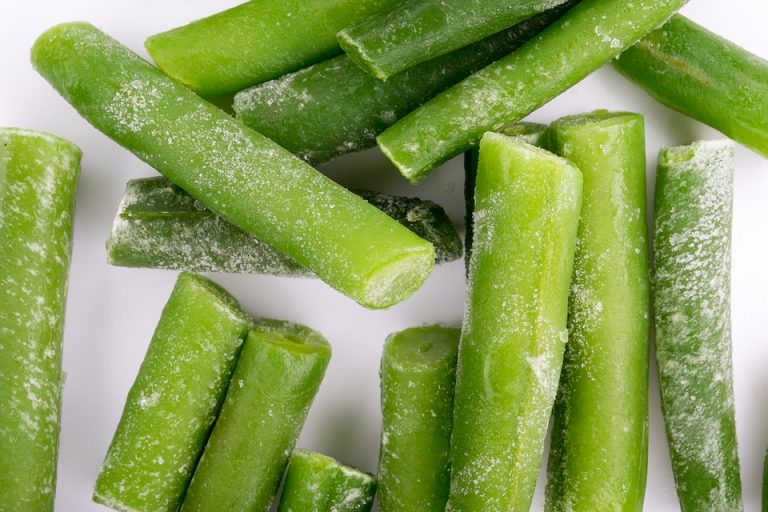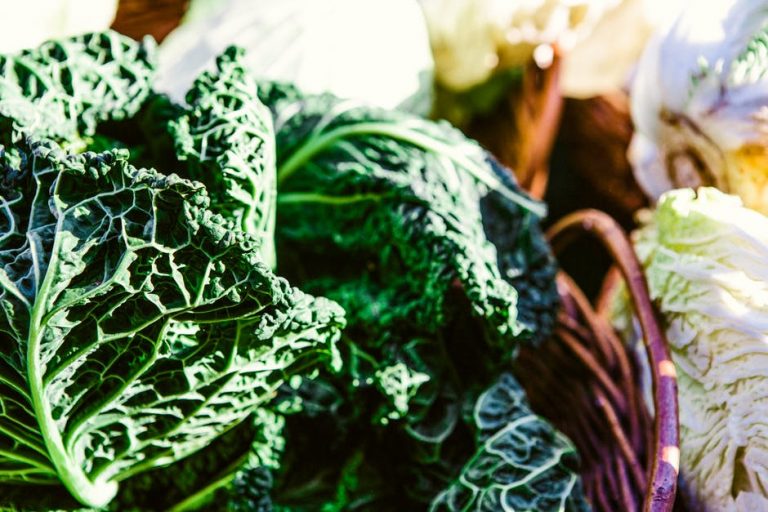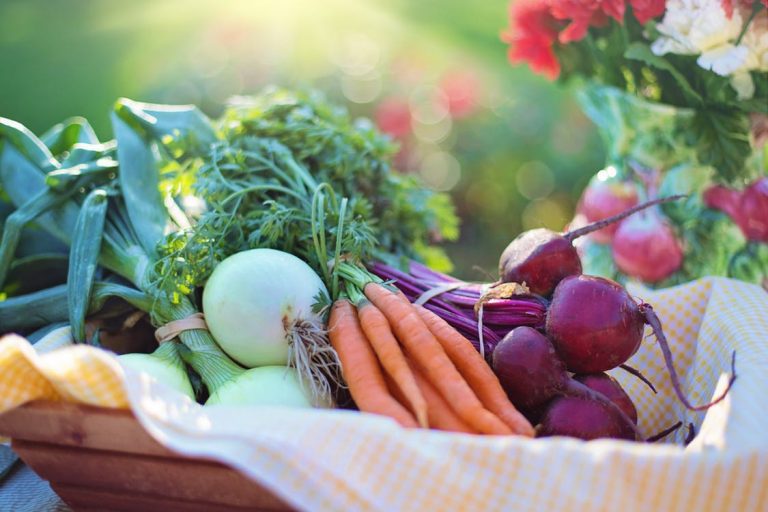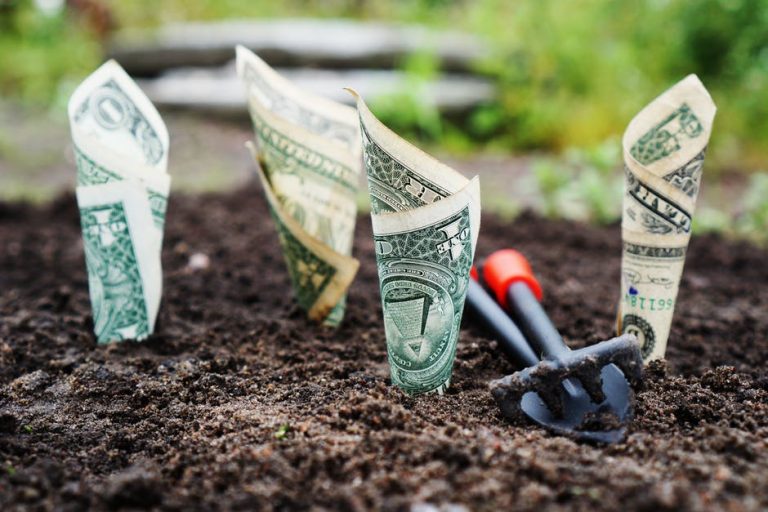I was going to write about dehydrating this week, but I haven’t gotten around to that task yet. Hopefully, my herbs won’t be wilted by the time I get to it! Instead, I’ve found myself mostly tidying up the garden in anticipation of the end of the season. The weather has cooled down considerably, but…
Uncategorized
Recipe: Garden Inspired Sushi Bowls
I love sushi. I could eat a truckload of rolls at once. But, it’s expensive. Even the grocery store stuff has a price tag that makes me cringe. While I love treating myself to a sushi dinner once in a while, I realized that what I love about this food is how fresh it tastes….
Goodbye Summer: Time to Keep an Eye on the Forecast
Here in the Northeast, summer seems to have disappeared overnight. Which, I’m totally fine with. I honestly only appreciate the warm weather because it makes my garden happy. I’m ready to embrace the cold right about now. I find having a winter break is an excellent way to reset my motivation meter for the next…
3 Key Pieces of Information for the Frugal Gardener
Gardening on a budget doesn’t have to be difficult, but it requires some know-how. Like any other gardener, a frugal one needs to be aware of certain essential pieces of information. What’s the difference? Someone who isn’t worried about over-spending can get away with making mistakes. While errors are part of the learning process, especially…
Frugal Gardening: Battling Burnout
As September draws near, this is the time of year I find myself most vulnerable to gardening burnout. Midsummer weather is fierce, produce starts to ripen at a lightning fast pace, and weeds seem to grow out of control all of a sudden. If you’re new to gardening, this is an especially delicate time. But…
Keeping Up With the Harvest: Using All Those Cucumbers
If you’re like me and decided to plant cucumber this year, it’s likely that you’re currently dealing with a deluge of them. Cucumber plants are an excellent choice for the frugal gardener since just one plant yields a lot of fruit. The tough part is coming up with ways to eat it all! There’s only…
Preserving the Harvest: Freezing Summer Veggies
Pack up the taste of summer by preserving it in your freezer. Avoid waste and save money during the winter months by freezing freshly picked garden vegetables. Nothing beats the taste of fresh summer produce, and while there are many preservation methods available to conserve the bounty of the season, options such as fermenting and…
Maximize the Harvest: Preparing Now for the Fall
It’s only August, so why am I bringing up the fall already? While stores are already preparing for Halloween, gardeners are still enjoying the warm days of summer. If you’re looking to get the biggest bang for your buck in your garden, planning in anticipation of fall is critical. Sowing seed now and keeping your…
Keeping Up with the Harvest
Summer is in full swing, and that means the gardening season has really begun. Seeds and seedlings have grown into sturdy, productive plants. Pollinators are out in grand numbers, and there’s no shortage of stuff to pick from the branches, vines and stems around the garden. Tomatoes are starting to ripen, eggplants are slowly appearing,…
Top Ten Frugal Gardening Tips
Gardening doesn’t need to be an expensive hobby. I’ve been digging in the dirt for a long time, and have found ways to minimize costs and maximize results. Here are my top ten ways to garden frugally and keep this rewarding hobby affordable. All of these are tried and true, as well as easy to…
